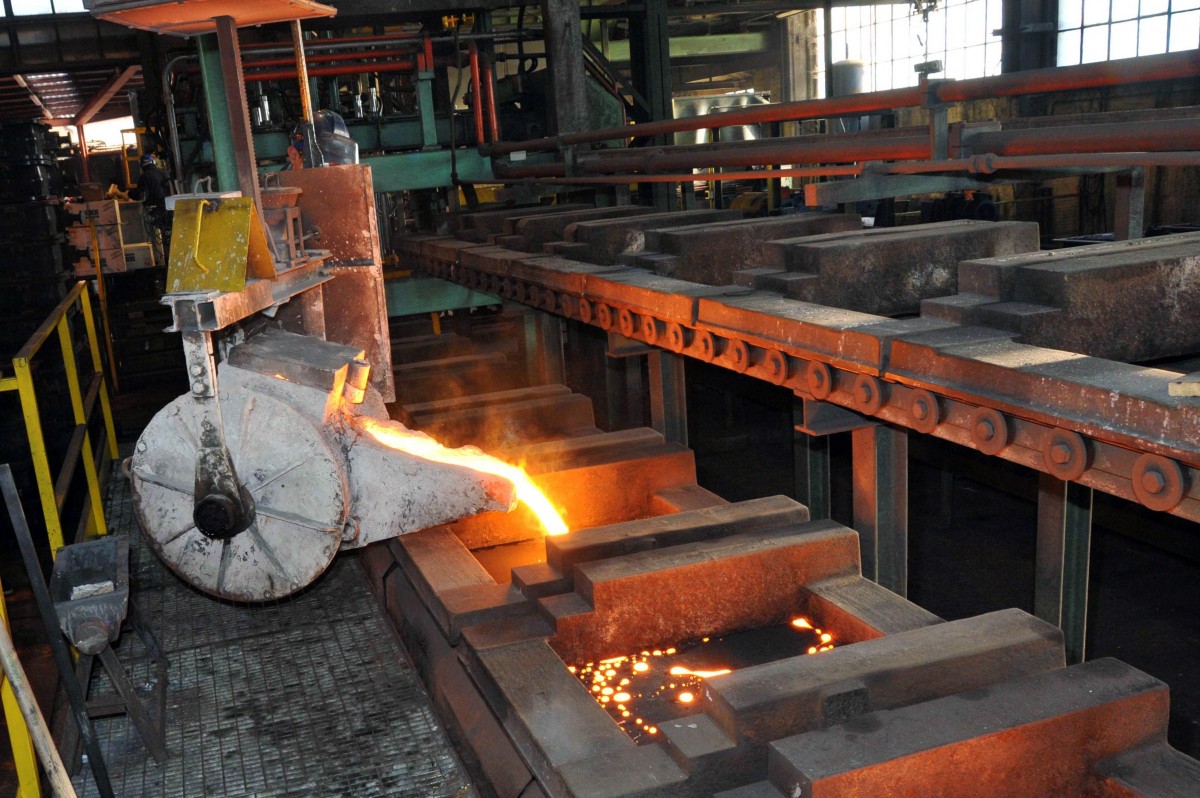Italy: Strong Industrial Production Rebound In May
A positive surprise, confirming that sector data was heavily affected by the uneven impact of the lockdown. Filling the 20% gap to pre-COVID levels will likely take some time, though.

Source: Shutterstock
Surprisingly strong rebound in May
After suffering the consequences of April’s broad-based lockdown, Italian industrial production posted a strong rebound in May, easily beating expectations. The seasonally adjusted measure increased by a whopping 42.1% month-on-month, the highest monthly increase ever. To be sure, this came after a cumulative 50% fall over the February-April period, which on its own was a negative record, but the scale of the rebound came as a surprise.
COVID-related sector distortions remain
The impact of Covid-19 and of the containment measures is still dominating statistics, both in levels and in composition. A quick look at the sector breakdown shows that the rebound has been particularly strong in transport equipment (+140.2% MoM) and textile products (142% MoM) which had been most heavily affected by the April lockdown. Many sectors recorded double-digit monthly growth rates and, unsurprisingly, the underperformers were pharmaceuticals (+3.6% MoM) and food products (-0.5% MoM) which had almost been untouched by the lockdown.
Good news, but don’t get carried away
Notwithstanding the strong rebound, May data shows that the gap to be filled remains ample. In seasonally adjusted terms, May production remains 20% below January’s levels, and the working-day adjusted measure, better suited to monitor the trend, is still down 20.3% YoY. As most of the reopening in the manufacturing domain was completed in May, we believe that the June release will have only very limited room for further progress in production. Indeed, relevant business survey data warns us that underlying domestic and foreign order books remained soft in the month. Add to this the pending uncertainty about what permanent damage the ongoing COVID crisis will leave on the economic fabric of the country in terms of losses in employment and in the number of businesses going bankrupt, and you can assume that the production gap with pre-COVID levels will not be closed over the summer months.
Scope of rebound reduces the risk of extreme GDP contraction scenarios to materialize in 2Q20
All in all, the last batch of hard data is somewhat comforting. Inter-month data volatility is still too high to determine the pace of exit from the crisis. However, both production data and retail sales data for May have shown that reopening after the strict lockdown was quick. This should, in principle, reduce the risk of an extreme GDP contraction in 2Q20. For the time being, we are comfortable with our base case of a 9.8% average GDP contraction in 2020.
Disclaimer: This publication has been prepared by ING solely for information purposes irrespective of a particular user's means, financial situation or investment objectives. The information ...
more


